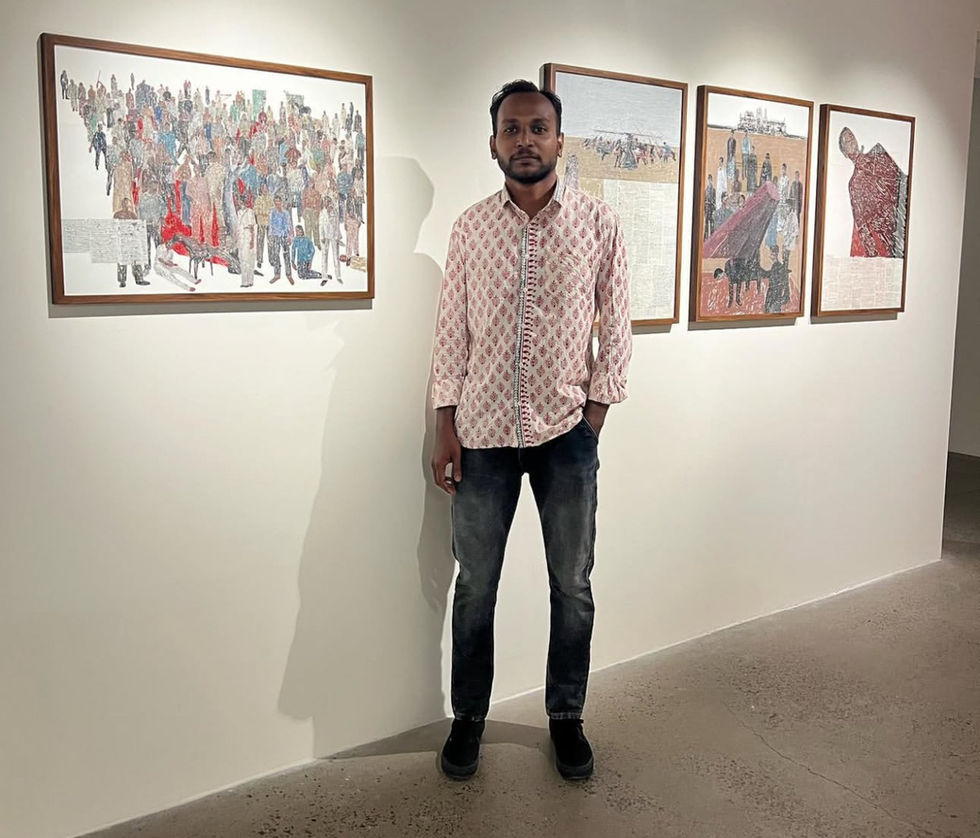Vadodara,India
Create Your First Project
Start adding your projects to your portfolio. Click on "Manage Projects" to get started
Baroda Annuelle ed. II
Project type
Group Show
Date
21st Jan - 24th March 2023
Location
Gallery WHITE
Curated by Vinit Nair, Text by Deeptha Achar
In his book, The Country and the City, Raymond Williams says "A working country is hardly ever a landscape. The very idea of landscape implies separation and observation." Williams
goes on to say that to turn land into landscape requires a set of socially negotiated ideas, a decision to impose a way of seeing onto a place, and that this is "not a kind of nature but a
kind of man". In another context, he says, "The idea of nature contains, though often unnoticed, an extraordinary amount of human history" (Raymond Williams, "Ideas of Nature"). This framing of land as landscape that Williams points out underscores the significance of addressing the way in which we see landscape, and that our relation to memory, culture and history are the main players when forming such a view.
The Baroda Annuelle Exhibition 2023 thematizes landscape in a way that makes us think about a genre with a long history. The artists featured in the show certainly position their work
against a nineteenth-century Europe notion of the picturesque landscape, even while slyly invoking some of the tropes that were put in place at that time: nostalgia for lost landscapes, a desire for landscapes disappearing in our time. Urban landscapes (lndrapramit Roy) Covid landscapes, (Abir Karmakar), remembered landscapes (Satyanarayana Gavara, Subrat Behera), mythic landscapes (Sanket Viramgami) gendered landscapes (Malavika Rajnarayan, Neelima Nath) peopled landscapes (Ali Akbar PN, Alok Bal), unpeopled landscapes (KP Prasad, Ankush Safaya, Sneh Mehra), found here push and pull at the possibilities and limits of rendering the site. Yet, regardless of whether the representations are real or unreal, present or past, literal or fantastic, they speak of human presence and labor, and draw us into recognizing the human perspective and gaze.
- Deeptha Achar



































